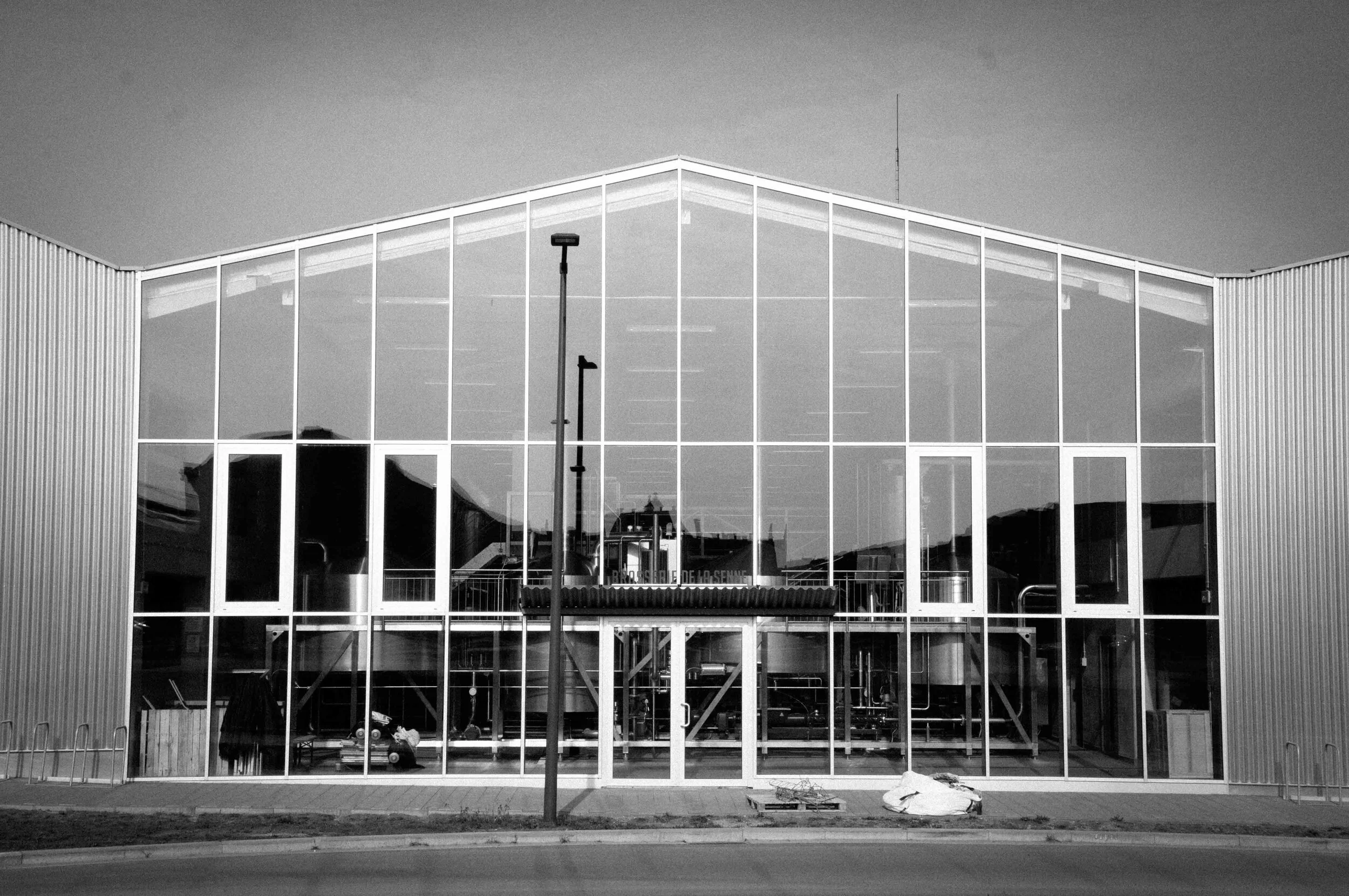A History of Brussels Beer in 50 Objects // #17 Zagemanneke
Find out more about Brussels Beer City’s new weekly series, “A History Of Brussels Beer In 50 Objects” here.
Object #17 - Zagemanneke
19th century
Pub Life
There’s always one. The droning know it all. The bloviating self-promoter. The mean drunk wheedling their way from conversation to conflict. The pub loudmouth is a familiar archetype, but the owners of Brussels’ 19th century drinking establishments knew how to handle them. If the signs stuck above the bar enjoining customers not to swear failed, these cafébazen had another, more whimsical weapon in their arsenal.
They would stand a marionette with a narrow stand - wooden or metal, with a red nose and workman’s attire - on the bar’s edge. A curved saw or metal sheet protruded from the marionette, arcing below the countertop and weighted at the end. Confronted with a whining drinker, or sensing an impending conflagration between customers, the barman would tap the head of the marionette. It would commence see-sawing, indicating to the querulous drinkers that their behaviour was repetitive, tiresome and unwanted. This was the Zagemanneke - meaning both “Sawing Man” and “Complaining Man”, zagen being the shared Flemish word for these discrete activities.
The Zagemanneke was a familiar feature of Brussels’ 19th century estaminets - successors of the city’s 18th century inns, taverns, and cabarets. Estaminet as a word is classic Brussels patois, its meaning found either in the bastardisation of the Spanish for “just a minute”. Or the corruption of the barked enticements of Flemish-speaking barmen to drinkers seeking seclusion for philanderous liaisons. Or an evolution of the Wallonian colloquialism en stam (“with family”), estaminets being popular venues for family occasions.
Whatever estaminet’s etymology, it was well-established by the 1810s. By 1862, one guidebook counted 1,679 Brussels estaminets - places like Le Jardin Joyeaux (“Happy Garden”) on the Vlaamsesteenweg, In ‘t Spinnekopke on the Bloemenhofplein, or Au Coin du Diable (“The Devil’s Corner”), which, folklorist Robert Desart wrote, housed “a black wooden statuette with golden horns and red velvet coat.”
The estaminet was better-lit, its décor less shabby, and the food better than the drinking establishments of previous centuries. There was Lambic and Faro, but also wheat beers from Brabant, provincial bières brunes, and later English Pale Ales and German Lager served through intricately-detailed ceramic beer engines.
They were modest operations though, designed for drinking and smoking. Writing in 1888, Camille Lemonnier praised their “rudimentary simplicity….any distraction that could disturb the customer’s tasting of fermented liquid is ruled out as prejudicial to the seriousness of this occupation”. He particularly valued the estaminet’s role as a place where people - men - could socialise relatively unhindered by traditional class boundaries:
“...[W]e frequently meet around tables….husbands who have just buried their wives, businessmen suffering the blow of a financial disaster, the doctor, the lawyer, judges, the civil servant….as well as the small shopkeeper and the mason….an equality of all classes in the smoky tobacco shop, where twelve centimes can buy the poor and the rich a warm place….and the freedom to blast against the Jesuits, the gendarmes, and power”.
Just as long as these personal declamations or anti-establishment tirades did not incur the Zagemanneke’s wrath.













